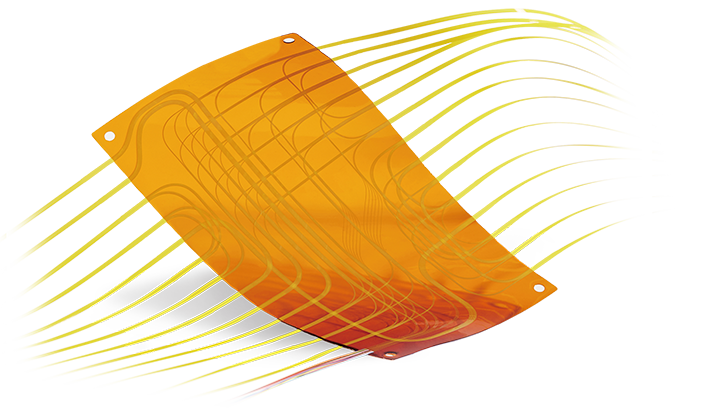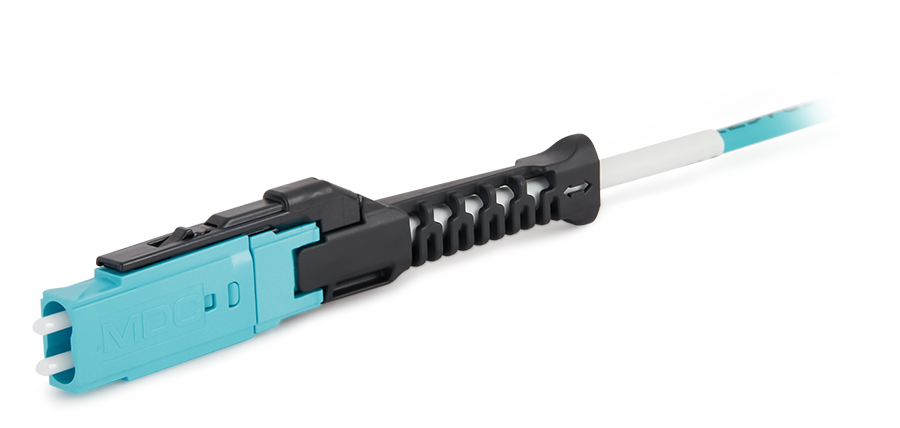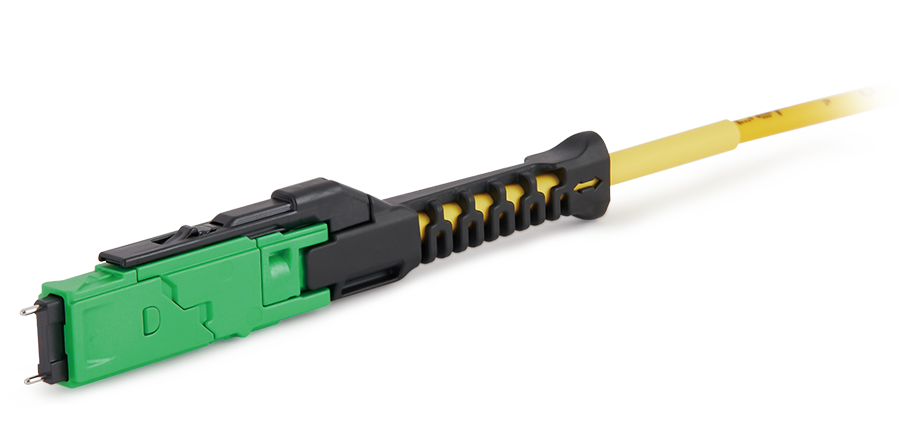What is Passive Optical Network (PON)?
A passive optical network (PON) is a fiber optic network that uses a point-to-multipoint topology and optical splitters to transmit data from a single transmission point to multiple user endpoints. Passive here refers to the unpowered state of the fiber and its splitting/combining components.
Different from an active optical network, power is only required at the sending and receiving points, making PON inherently efficient in terms of operating cost expenditure. Passive optical networks are used to simultaneously transmit signals in the upstream and downstream directions to and from user endpoints.
A Passive Optical Network (PON) is a type of access network that utilizes fiber optic products from a fiber optic products supplier. PONs are used in the telecommunications industry to provide users with access to services such as high-speed data, voice, and video. PONs are cost-effective and reliable, and typically use burst-mode transmission techniques to provide users with bandwidth on demand. Additionally, PONs can be used to connect multiple customers to a single fiber optic line, allowing for easy scalability and cost savings.
Components & Devices used in PON
Fiber and splitters, requiring no power, are the true "passive" components of the PON. The fiber optical splitter provided by optical splitter manufacturers is not wavelength selective and simply splits optical wavelengths in the downstream evenly. Splitting optical signal brings a power loss which basically depends on the number of channels the signal is split. The splitter requires no cooling components in active network components (optical amplifiers for example).
Acting as a starting point of the passive optical network, an optical line terminal or OLT is connected to a core switch. The main function of the OLT is to convert, frame, and transmit signals for the network, and to coordinate the multiplexing of the optical network terminal (ONT) for upstream transmission. ONT is a device at the other end (user) of the network which includes Ethernet ports for home equipment or network connection.
PON Structure
The PON network adopts a point-to-multipoint structure in which an optical splitter splits downstream signal from a single OLT into multiple downstream paths leading to end users, while the same splitter combines multiple upstream paths from end users to the OLT.
A PON network starts with an OLT, from which a passive optical network cable feeder cable is routed to the splitter. The distribution fibers then connect from the splitter to a drop terminal, which can be easily seen in a street cabinet, on a telegraph pole or on the side wall of a building. The drop fibers then provide the one-to-one connection between the drop terminal port and the ONU end user.

 Fiber Optic Flex Circuit (FOFC)
Advanced Simulation & Optimization, High Positioning Accuracy, Flexible Customization, Rigorous Reliability Testing
Fiber Optic Flex Circuit (FOFC)
Advanced Simulation & Optimization, High Positioning Accuracy, Flexible Customization, Rigorous Reliability Testing MDC Solution
US Conec's MDC connector is a Very Small Form Factor (VSFF) duplex optical connector, expertly designed for terminating single-mode and multimode fiber cables with diameters up to 2.0mm.
MDC Solution
US Conec's MDC connector is a Very Small Form Factor (VSFF) duplex optical connector, expertly designed for terminating single-mode and multimode fiber cables with diameters up to 2.0mm. MMC Solution
US Conec's Very Small Form Factor (VSFF) multi-fiber optical connector that redefines high-density connectivity with its cutting-edge TMT ferrule technology and intuitive Direct-Conec™ push-pull boot design.
MMC Solution
US Conec's Very Small Form Factor (VSFF) multi-fiber optical connector that redefines high-density connectivity with its cutting-edge TMT ferrule technology and intuitive Direct-Conec™ push-pull boot design. EN
EN
 jp
jp  fr
fr  es
es  it
it  ru
ru  pt
pt  ar
ar  el
el  nl
nl 



_and_High-Reflection_(HR)_Optical_Coatings.webp)
